Introduction
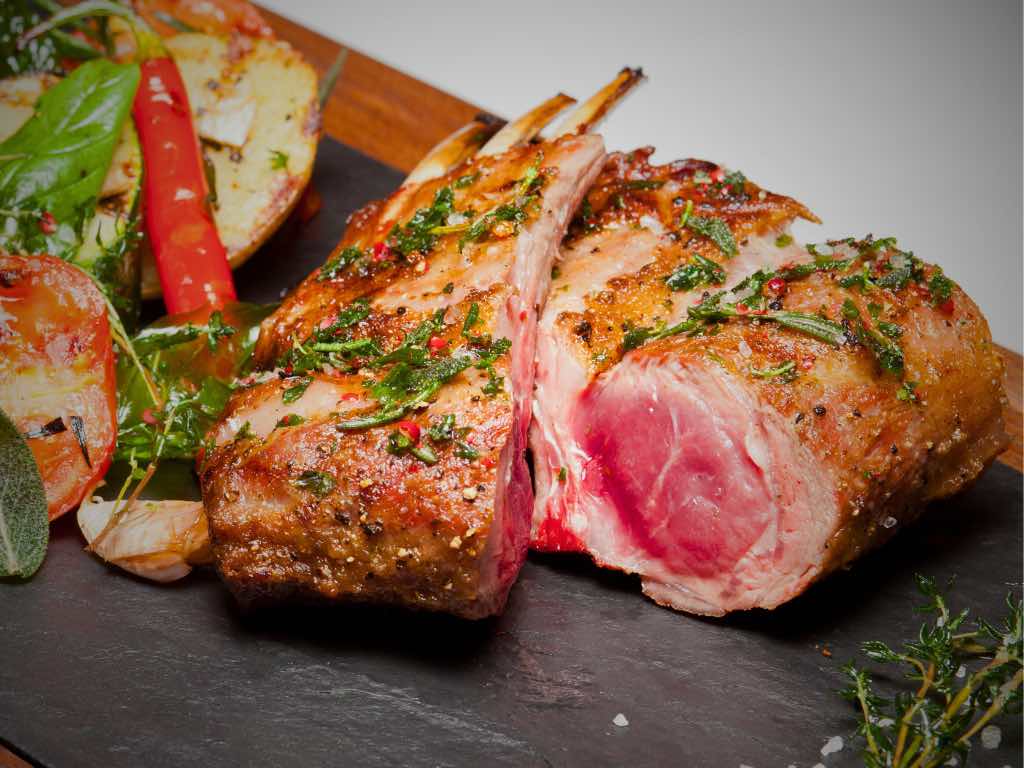
Lamb, with its tender and flavorful meat, has been a staple in culinary traditions around the world for centuries. From succulent roasts to juicy grilled chops, there are countless ways to prepare this versatile protein. However, one question that often arises is whether it is safe to eat lamb rare. In this article, we will delve into the culinary possibilities of lamb, including its traditional cooking methods and the intriguing option of enjoying lamb rare. We will also explore unconventional lamb dishes and discuss different lamb cuts and how to cook them. Join us on this culinary journey as we uncover the delicious and diverse world of lamb.
Overview Of Lamb As A Culinary Ingredient
Lamb, with its tender and flavorful meat, has long been treasured as a culinary ingredient around the world. Its unique taste and texture make it a versatile protein that can be incorporated into a variety of dishes. Whether grilled to perfection, braised for tenderness, or roasted to a succulent finish, lamb adds a distinct richness to any meal. From classic dishes like lamb stew and shepherd’s pie to more innovative creations like lamb tagine and lamb kebabs, the possibilities are endless when it comes to exploring the culinary potential of this exceptional meat.
Lamb’s Versatility In Cooking
Lamb’s versatility in cooking is unmatched. Whether you want to prepare a comforting stew, a juicy grilled chop, or a succulent roast, lamb can do it all. Its tender and flavorful meat lends itself well to various cooking methods and flavors. You can marinate it with herbs and spices, slow cook it for tender perfection, or sear it for a delicious crust. From traditional dishes to creative and modern culinary creations, lamb’s versatility allows you to explore a wide range of flavors and techniques. Whether you are a novice cook or an experienced chef, lamb will always impress with its culinary possibilities.
Traditional Lamb Cooking
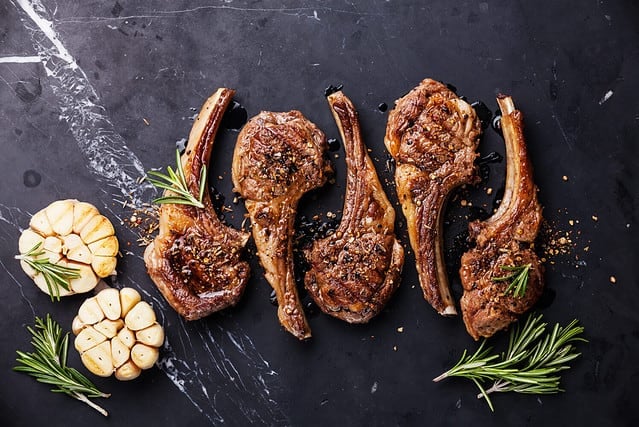
Traditional Lamb Cooking involves classic methods of preparing lamb that have been passed down through generations. These methods include roasting, braising, and stewing. The slow and steady cooking process brings out the rich flavors and tenderizes the meat. Roasting is a popular choice for lamb, where the meat is seasoned with herbs and spices and cooked until beautifully browned and juicy. Braising involves searing the lamb to develop a caramelized crust and then simmering it in a flavorful liquid until it becomes tender. Stewing is another traditional method, where the lamb is cooked slowly in a liquid until it becomes melt-in-your-mouth delicious.
Classic Methods Of Cooking Lamb
Classic methods of cooking lamb include roasting, braising, and stewing. These traditional techniques have been passed down through generations and are beloved for their ability to bring out the rich flavors and tenderness of the meat. Roasting involves seasoning the lamb with herbs and spices and cooking it in the oven until it reaches a beautiful browned exterior and a juicy interior. Braising begins by searing the lamb to develop a caramelized crust and then simmering it in a flavorful liquid until it becomes melt-in-your-mouth tender. Stewing, on the other hand, involves slow-cooking the lamb in a liquid until it becomes incredibly tender. These methods ensure that the lamb is cooked to perfection and will leave your taste buds satisfied.
Roasting And Grilling As Popular Choices
Roasting and grilling are two popular methods of cooking lamb that bring out its delicious flavors and create a mouthwatering aroma. Roasting involves cooking the lamb in the oven, allowing the heat to surround and penetrate the meat, resulting in a tender and juicy texture. Grilling, on the other hand, adds a smoky and charred flavor to the lamb, creating a delectable crust on the outside while maintaining a moist and succulent interior. Both methods allow for versatility in seasoning and offer different levels of doneness, making them excellent choices for cooking lamb to perfection.
Exploring Lamb Rare
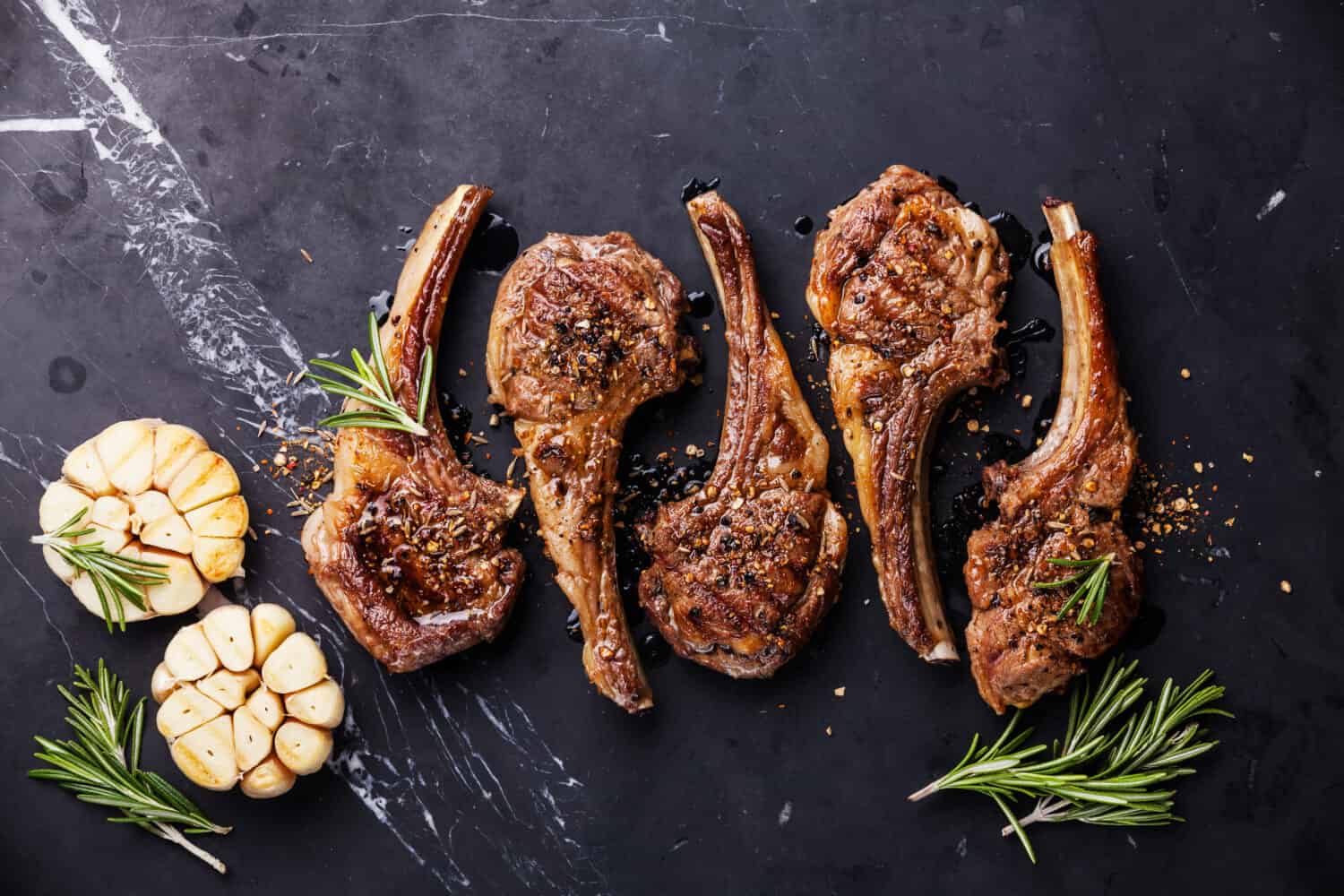
Exploring Lamb Rare: Is it safe to eat lamb rare? While cooking lamb to a higher temperature is recommended for food safety reasons, some people enjoy the unique flavors and textures that rare lamb offers. Eating lamb rare can be safe as long as it is sourced from a reputable supplier and handled with proper food safety practices. However, it is important to note that certain cuts of lamb should be avoided when eating rare, such as large bone-in cuts like leg of lamb or lamb shoulder. When considering rare lamb, it is essential to take into account personal preferences and ensure proper cooking methods to minimize any potential risks.
Is It Safe To Eat Lamb Rare?
Eating lamb rare can be safe as long as it is sourced from a reputable supplier and handled with proper food safety practices. While cooking lamb to a higher temperature is recommended for food safety reasons, some people enjoy the unique flavors and textures that rare lamb offers. However, certain cuts of lamb, such as large bone-in cuts like leg of lamb or lamb shoulder, should be avoided when eating rare. It is important to take into account personal preferences and ensure proper cooking methods to minimize any potential risks.
Benefits And Considerations Of Enjoying Lamb Rare
Enjoying lamb rare offers several benefits and considerations for culinary enthusiasts. Here are some key points to keep in mind:
- Enhanced flavor: Cooking lamb rare preserves its natural juices and tenderness, resulting in a more flavorful eating experience.
- Textural contrast: Rare lamb has a tender and succulent texture that contrasts with well-done lamb, adding variety to your meal.
- Culinary experimentation: Rare lamb opens up opportunities for creative dishes such as lamb tartare or grilled lamb chops with a pink center, allowing you to explore unique flavors and presentations.
- Personal preference: Some individuals prefer the richer taste and tender texture of rare lamb, making it a desirable option for those with specific taste preferences.
While enjoying lamb rare can be a culinary delight, it is important to ensure proper sourcing, handling, and cooking techniques to minimize potential risks.
Unconventional Lamb Dishes
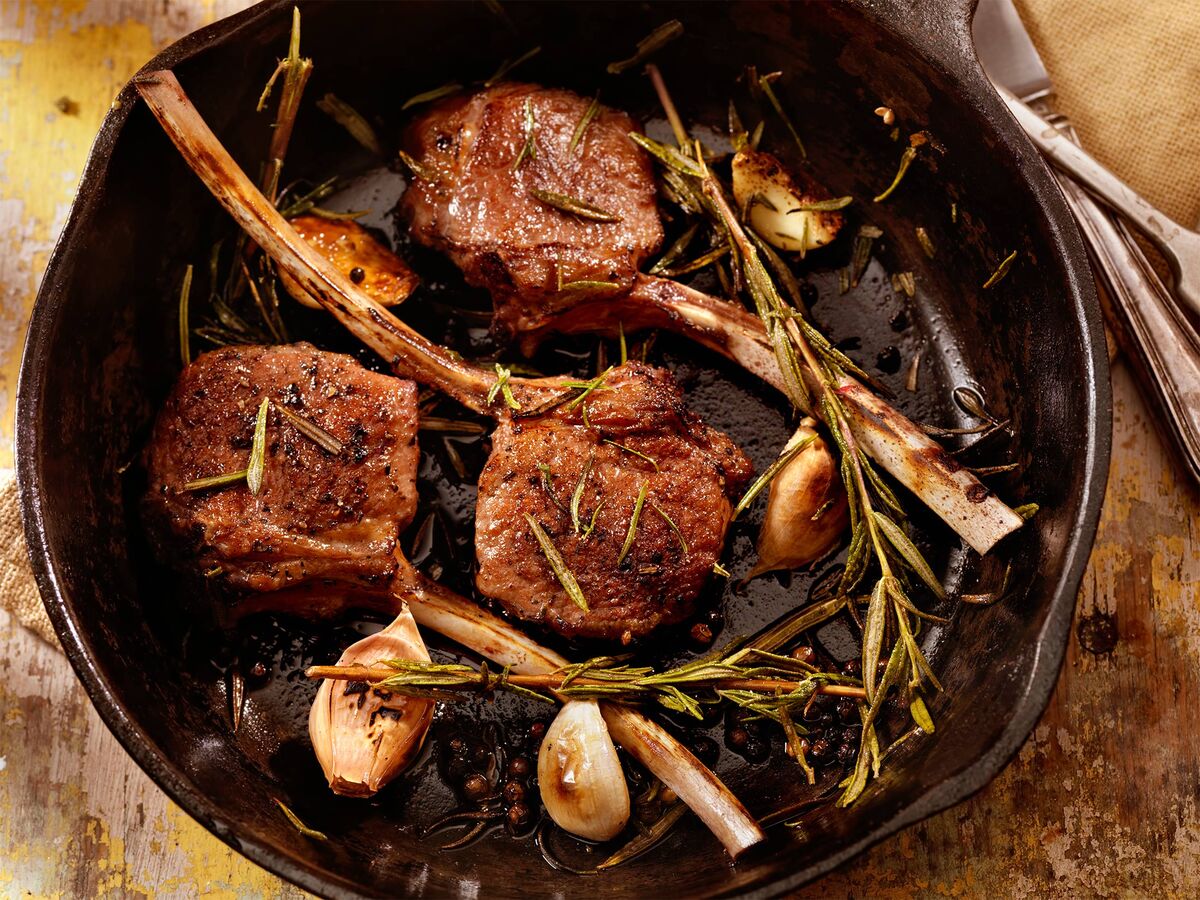
Unconventional Lamb Dishes:
In addition to traditional lamb preparations, there are several unconventional lamb dishes that can take your culinary experience to the next level. One unique option is lamb tartare, a raw preparation that showcases the delicate flavors of the meat. Pair it with complementary ingredients like capers, shallots, and a drizzle of olive oil for a delicious appetizer. Another unconventional dish is grilled lamb chops with a pink center. This preparation allows you to savor the tenderness of the rare lamb while enjoying the smoky flavors from the grill. These unconventional lamb dishes offer a fresh and exciting way to enjoy the flavors of lamb.
Lamb Tartare: A Unique Raw Preparation
Lamb tartare is a unique and adventurous way to enjoy lamb in its raw form. This dish showcases the delicate flavors of the lamb and allows you to appreciate its natural tenderness. To prepare lamb tartare, the meat is finely minced or chopped and then combined with complementary ingredients such as capers, shallots, and a drizzle of olive oil for added depth of flavor. The result is a culinary masterpiece that combines the rich flavors of lamb with the freshness of the accompanying ingredients. Lamb tartare is a bold choice for those looking to expand their culinary horizons.
Grilled Lamb Chops With A Pink Center
Grilled lamb chops with a pink center are a delicious and popular way to enjoy lamb cooked rare. The chops are seasoned with herbs and spices, then grilled to perfection, leaving the center slightly pink and tender. This cooking method enhances the natural flavors of the lamb while maintaining its juiciness. It is important to ensure that the lamb chops reach an internal temperature of 145°F (63°C) to ensure food safety. As with any rare preparation, it is crucial to source high-quality, fresh lamb and handle it with proper hygiene to minimize the risk of foodborne illnesses. So, next time you fire up the grill, consider trying these mouthwatering grilled lamb chops with a pink center for a unique and flavorful dining experience.
Lamb Cuts And How To Cook Them
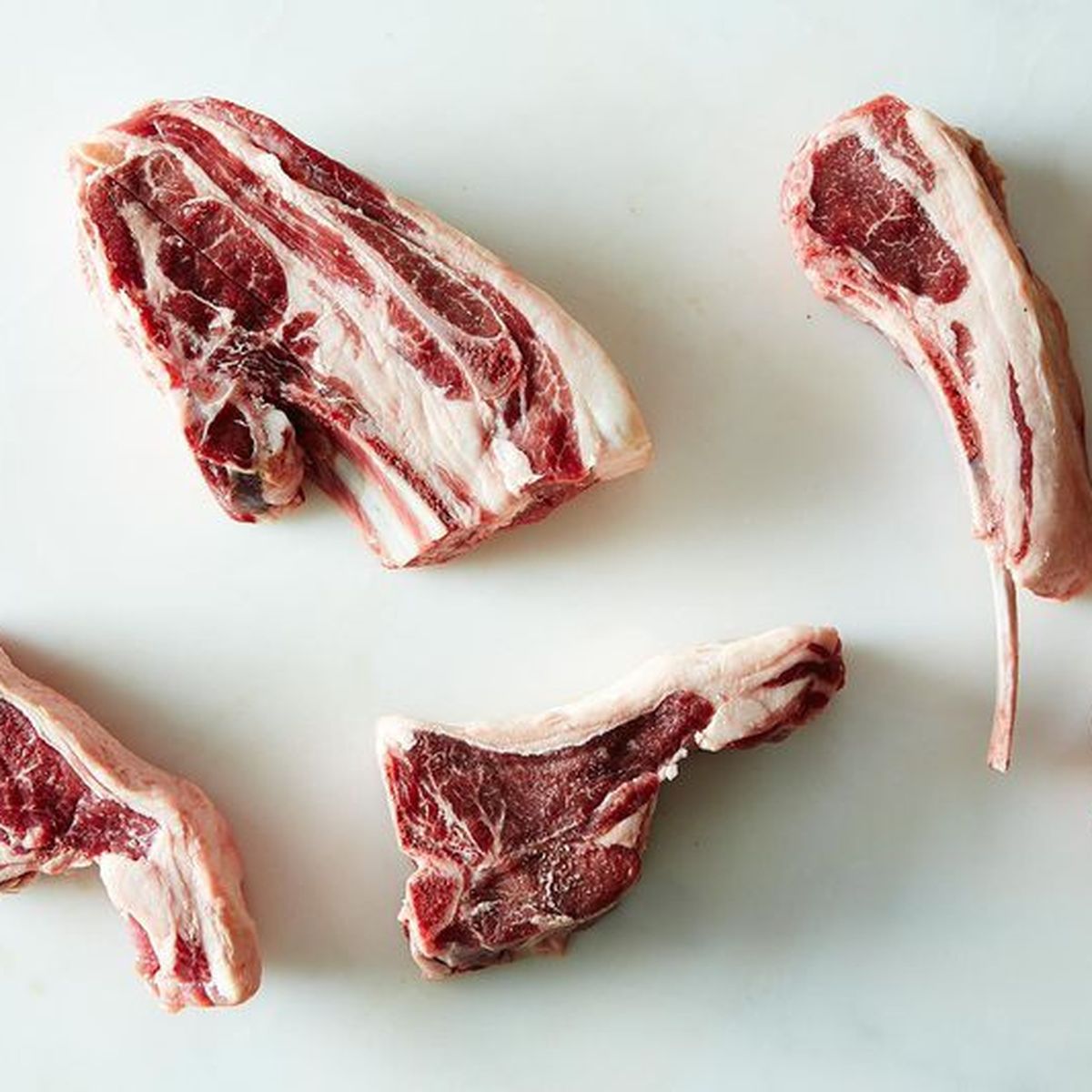
Different cuts of lamb require different cooking methods to achieve the desired tenderness and flavor. Some popular lamb cuts and their recommended cooking methods include:
- Rack of Lamb: This tender and flavorful cut is best cooked by roasting or grilling. It can be served rare or medium rare for a juicy and succulent result.
- Loin Chops: Loin chops are great for grilling or pan-searing. Cook them to medium rare to maintain their tenderness and juiciness.
- Leg of Lamb: This larger cut is ideal for roasting. It is best cooked to medium or medium well for a juicy and fully cooked result.
- Shoulder Chops: Shoulder chops are flavorful and benefit from slow cooking methods such as braising or stewing. This allows the meat to become tender and melt-in-your-mouth.
- Shank: The shank is a tougher cut that is perfect for slow cooking in stews or soups. The long cooking time helps to break down the connective tissues and results in tender and flavorful meat.
When cooking lamb, it is important to consider the cut of meat and choose the appropriate cooking method to ensure a delicious and enjoyable dining experience.
Different Lamb Cuts And Their Recommended Cooking Methods
Different cuts of lamb require different cooking methods to achieve the desired tenderness and flavor. Some popular lamb cuts and their recommended cooking methods include:
- Rack of Lamb: This tender and flavorful cut is best cooked by roasting or grilling. It can be served rare or medium rare for a juicy and succulent result.
- Loin Chops: Loin chops are great for grilling or pan-searing. Cook them to medium rare to maintain their tenderness and juiciness.
- Leg of Lamb: This larger cut is ideal for roasting. It is best cooked to medium or medium well for a juicy and fully cooked result.
- Shoulder Chops: Shoulder chops are flavorful and benefit from slow cooking methods such as braising or stewing. This allows the meat to become tender and melt-in-your-mouth.
- Shank: The shank is a tougher cut that is perfect for slow cooking in stews or soups. The long cooking time helps to break down the connective tissues and results in tender and flavorful meat.
When cooking lamb, it is important to consider the cut of meat and choose the appropriate cooking method to ensure a delicious and enjoyable dining experience.
Tender Cuts For Rare Preparations
Tender cuts of lamb are perfect for those who prefer their meat to be cooked rare. These cuts are naturally tender and can be enjoyed with minimal cooking to preserve their juicy and succulent texture. Some examples of tender cuts for rare preparations include rack of lamb and loin chops. These cuts can be grilled or pan-seared to achieve a nice crust on the outside while keeping the center pink and tender. When cooking these tender cuts, it is important to ensure they reach the minimum safe internal temperature to maintain food safety.
Conclusion
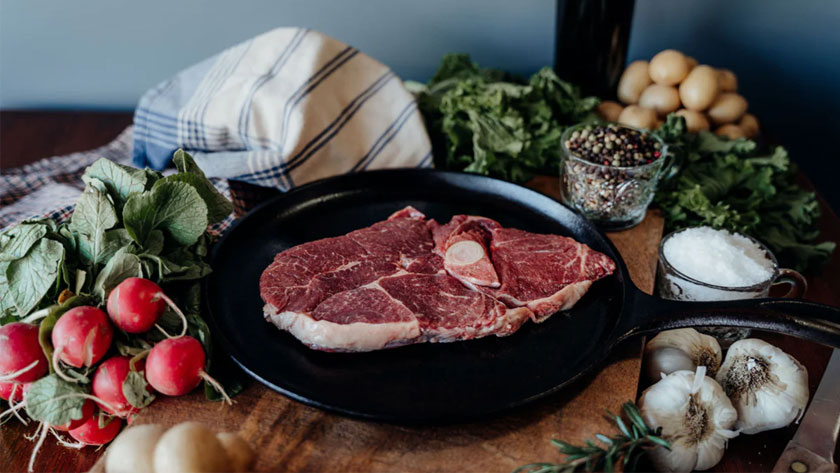
In conclusion, lamb offers a wide range of culinary possibilities, including the option of enjoying it rare. While some cuts of lamb are best cooked to higher temperatures for safety reasons, there are tender cuts that can be savored with minimal cooking. It is essential to choose the right cuts, such as rack of lamb and loin chops, for rare preparations. By understanding the recommended cooking methods and following food safety guidelines, you can explore the delicious and succulent flavors of lamb while ensuring a safe and enjoyable dining experience. So go ahead, try something new and savor the unique taste of lamb prepared rare.
Summarizing The Culinary Possibilities Of Lamb
Lamb offers a wide range of culinary possibilities, including the option of enjoying it rare. While some cuts of lamb are best cooked to higher temperatures for safety reasons, there are tender cuts that can be savored with minimal cooking. The rich and distinct flavor of lamb can be showcased in traditional dishes like roasted leg of lamb or grilled lamb chops. For more adventurous palates, unconventional preparations like lamb tartare or grilled lamb with a pink center provide unique and flavorful experiences. With the right cuts and cooking methods, lamb can be a versatile and delicious addition to any culinary repertoire.
Tips For Experimenting With Lamb In Your Own Kitchen
When it comes to experimenting with lamb in your own kitchen, there are a few tips to keep in mind.
- Marinades: Try marinating lamb cuts for a few hours or overnight to enhance the flavor and tenderness. Use ingredients like herbs, spices, citrus juice, and olive oil to create a delicious marinade.
- Seasoning: Don’t be afraid to experiment with different seasonings. Lamb pairs well with flavors like garlic, rosemary, thyme, cumin, and mint.
- Cooking methods: Besides traditional methods like roasting and grilling, consider trying other cooking techniques such as braising, stewing, or even sous vide for a unique experience.
- Side dishes: Pair your lamb with complementary sides like roasted vegetables, minted peas, or couscous. These will enhance the overall flavor and provide a well-rounded meal.
- Temperature control: Use a meat thermometer to ensure that your lamb is cooked to your desired level of doneness. This way, you can experiment with different degrees of rareness while still ensuring food safety.
Remember, experimenting with lamb in your own kitchen is all about exploring new flavors and finding what suits your taste preferences. Enjoy the process and have fun creating delicious dishes with this versatile meat.
Can You Eat Lamb Rare? – Frequently Asked Questions
Q: Is it safe to eat lamb rare?
A: Yes, lamb can be consumed rare. However, it is important to ensure that the meat is of high quality and handled properly.
Q: What are the advantages of eating lamb rare?
A: One advantage of eating lamb rare is that it allows you to fully enjoy the natural flavors and tenderness of the meat. It can also be more visually appealing, as some people prefer the pink center of rare lamb.
Q: How do you know if lamb is cooked to the right level of “rare”?
A: The best way to determine the doneness of lamb is by using a meat thermometer. For rare meat, the internal temperature should read between 125°F and 130°F (52°C to 54°C). The center of the lamb will be pink and slightly warm to the touch.
Q: Are there any risks associated with eating lamb rare?
A: While eating lamb rare is generally safe, there are some risks. Lamb, like other meats, can potentially contain harmful bacteria such as salmonella and E.coli. To minimize the risk, it is essential to obtain lamb from a trusted source and store, handle, and cook it properly.
Q: How can you reduce the risk of foodborne illness when consuming lamb rare?
A: To reduce the risk of foodborne illness, there are some important steps to follow:
- Purchase lamb from a reputable source known for high quality and safety standards.
- Store lamb at safe temperatures, below 40°F (4°C), and avoid cross-contamination with other raw meats.
- Cook the lamb at the recommended temperature per the recipe, ensuring that it reaches a safe internal temperature.
- Practice good hygiene and thoroughly wash hands, utensils, and surfaces after handling raw lamb.
Q: Are there any health concerns related to consuming rare lamb?
A: The consumption of rare lamb is generally not a health concern. However, individuals with compromised immune systems, pregnant women, and young children should exercise caution and ensure that the lamb is cooked to at least medium-rare to reduce the risk of foodborne illness.
Q: Can I request rare lamb when dining out?
A: Absolutely! Many restaurants offer different levels of doneness for lamb, including rare. You can request your lamb to be prepared rare, but it is always a good idea to verify with the waiter or chef regarding their cooking practices and quality of the meat.
In conclusion, eating lamb rare can be safe and enjoyable if proper precautions are taken. It is important to source high-quality lamb, cook it to the correct internal temperature, and practice good food safety measures to minimize the risk of foodborne illness. If you have any concerns or specific dietary needs, it is always best to consult with a trusted healthcare professional or a nutritionist.

Come for The Burgers… Stay for The Beers!